
Why Nepal is Witnessing a Monarchist Resurgence
Nepal is currently experiencing a resurgence in pro-monarchy sentiments, with thousands of people taking to the streets, calling for the reinstatement of the monarchy and the reestablishment of Nepal as a Hindu state. This growing movement reflects deep frustration with the country’s political instability, corruption, and economic challenges that have persisted since the abolition of the monarchy in 2008.
On March 9, 2025, approximately 400,000+ supporters gathered in Kathmandu to welcome former King Gyanendra Shah, displaying banners and chanting slogans in favor of reinstating the monarchy.
The increasing public dissatisfaction with the republican system has fueled debates about whether Nepal should reconsider its political structure. While some view this movement as a nostalgic longing for past stability, others see it as a reflection of the government’s failure to address critical national issues.
Reasons Behind the Growing Monarchist Movement
Political Corruption – Corruption remains rampant across political parties, eroding public trust in Nepal’s democratic institutions. Many believe that the monarchy was comparatively less corrupt and that reinstating the King could provide stability.
Unemployment & Mass Labor Migration – A significant percentage of Nepal’s youth migrate abroad for employment due to the lack of job opportunities. The government’s failure to generate domestic employment has led to frustration among citizens.
Post-Maoist Insurgency Disillusionment – After a decade-long Maoist insurgency (1996–2006) and the transition to a federal republic, the public had high expectations for economic growth and governance reforms. However, many feel that democracy has not delivered on its promises.
Political Instability – Since becoming a republic, Nepal has seen 13 different governments in just 16 years. Frequent changes in leadership have created policy paralysis, leading people to seek a stable alternative.
Lack of a Clear Foreign Policy – Nepal remains geopolitically vulnerable between India and China, often swaying in its diplomatic relations based on the ruling political parties. Monarchists argue that a constitutional King could act as a neutral figure in foreign affairs.
Inefficient Federalism – While federalism was introduced to decentralize governance, it has instead led to increased bureaucracy and inefficiency, adding layers of political complexity.
Stagnant Economic Growth – Rising inflation, lack of industrialization, and inefficient governance have slowed Nepal’s economic progress. Many believe that under a monarchy, economic policies were more stable and effective.
Cultural & Religious Identity – Many citizens feel that Nepal lost its unique cultural identity after being declared a secular republic. There is a strong demand to reinstate Nepal as a Hindu state, a stance historically supported by the monarchy.
Weak Law and Order – Crime rates, political violence, and inadequate law enforcement have become major concerns, leading some to believe that a monarchy could restore order and discipline.
Public Disillusionment with Political Leaders – Major parties, including the Nepali Congress, UML, and Maoists, have faced accusations of prioritizing party and personal interests over national welfare. This growing disillusionment has contributed to the monarchist movement.
Comparative Stability Under the Monarchy – Some Nepalis recall the Panchayat era (1960–1990) as a period of relative stability, contrasting it with today’s political instability and governance failures.
What Does the Monarchist Rastriya Prajatantra Party (RPP) Want?
Reinstating Nepal as a Hindu state
The RPP, along with many pro-monarchy supporters, believes that Nepal should return to being a Hindu state, as it was before the 2008 transition to secularism. They argue that Nepal’s identity as the world’s only Hindu kingdom was a crucial part of its cultural heritage, and removing the Hindu state status alienated a large portion of the population. They also claim that secularism has led to religious conversions, particularly by Christian missionaries, causing concern among traditionalists. By reinstating Nepal as a Hindu state, they aim to preserve religious traditions and values that they feel have been eroded over the years.
Restoring the monarchy as a unifying national figure
Pro-monarchists believe that a constitutional monarchy could serve as a unifying figurehead, similar to the role played by monarchs in the UK and Japan. They argue that Nepal’s fragmented political landscape needs a neutral, respected figure to provide stability and national cohesion. Unlike elected politicians, who are often accused of corruption and party bias, a King could act as a symbol of unity above political disputes. Supporters claim that the monarchy historically played a role in maintaining Nepal’s sovereignty and could again serve as a stabilizing force in times of crisis.
Strengthening governance by reducing political corruption and inefficiencies
One of the primary criticisms of Nepal’s current democratic system is widespread corruption and inefficient governance. Pro-monarchy supporters argue that the political system has become a breeding ground for corruption, nepotism, and power struggles, which have hindered national development. They believe that the monarchy, even in a constitutional role, could act as a moral authority to hold political leaders accountable. Some monarchists also propose restructuring governance by limiting excessive political interference in economic policies, streamlining bureaucracy, and enforcing stricter anti-corruption measures.
Despite their active involvement in monarchist demonstrations, the RPP remains a relatively small political force. In the 2022 general elections, they secured only 14 seats, reflecting limited parliamentary backing.
A Demand for Change or a Step Backward?
While the movement for monarchy’s return is gaining traction, political analysts suggest that this reflects a broader demand for better governance rather than a concrete push to reinstate the monarchy. Many Nepalis want accountability, stability, and effective leadership, whether under a republican or monarchist system.
Additionally, critics argue that reinstating the monarchy may not necessarily resolve Nepal’s deep-rooted governance and economic problems. They point out that during King Gyanendra’s direct rule (2001–2006), the country faced an escalating Maoist insurgency, media censorship, and international isolation.
However, for monarchists, the failures of the current political system overshadow these past concerns. They believe that even a ceremonial monarchy could provide the unity and moral authority lacking in Nepal’s current leadership.
For now, Nepal remains a republic, but the ongoing dissatisfaction signals that unless democratic institutions reform and deliver on their promises, the call for an alternative system will continue to grow.

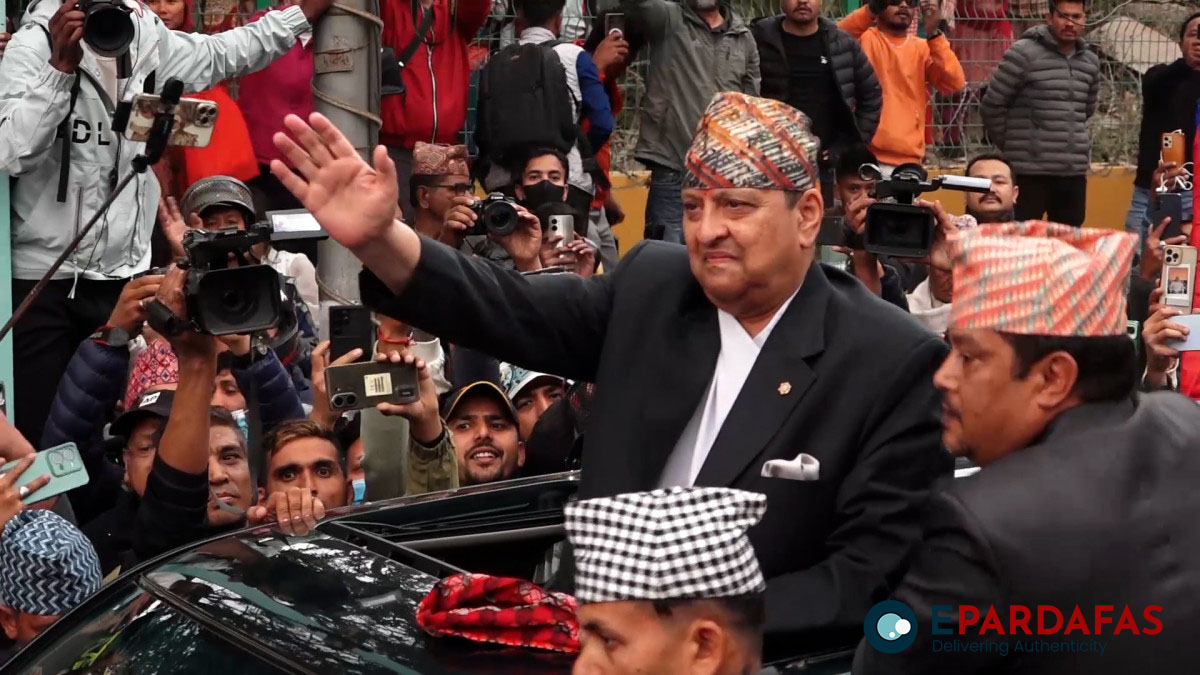
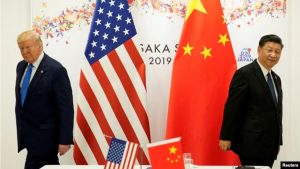

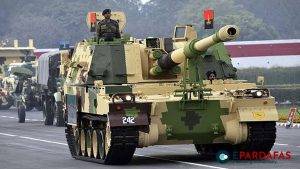
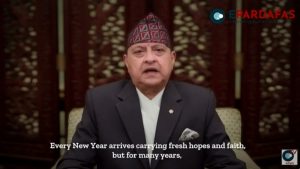
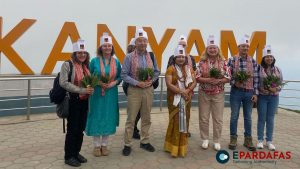
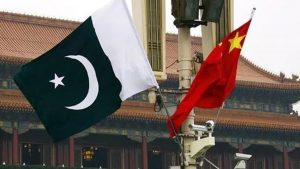


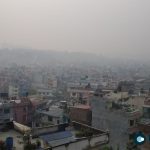

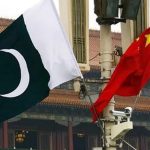
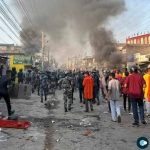
Comments